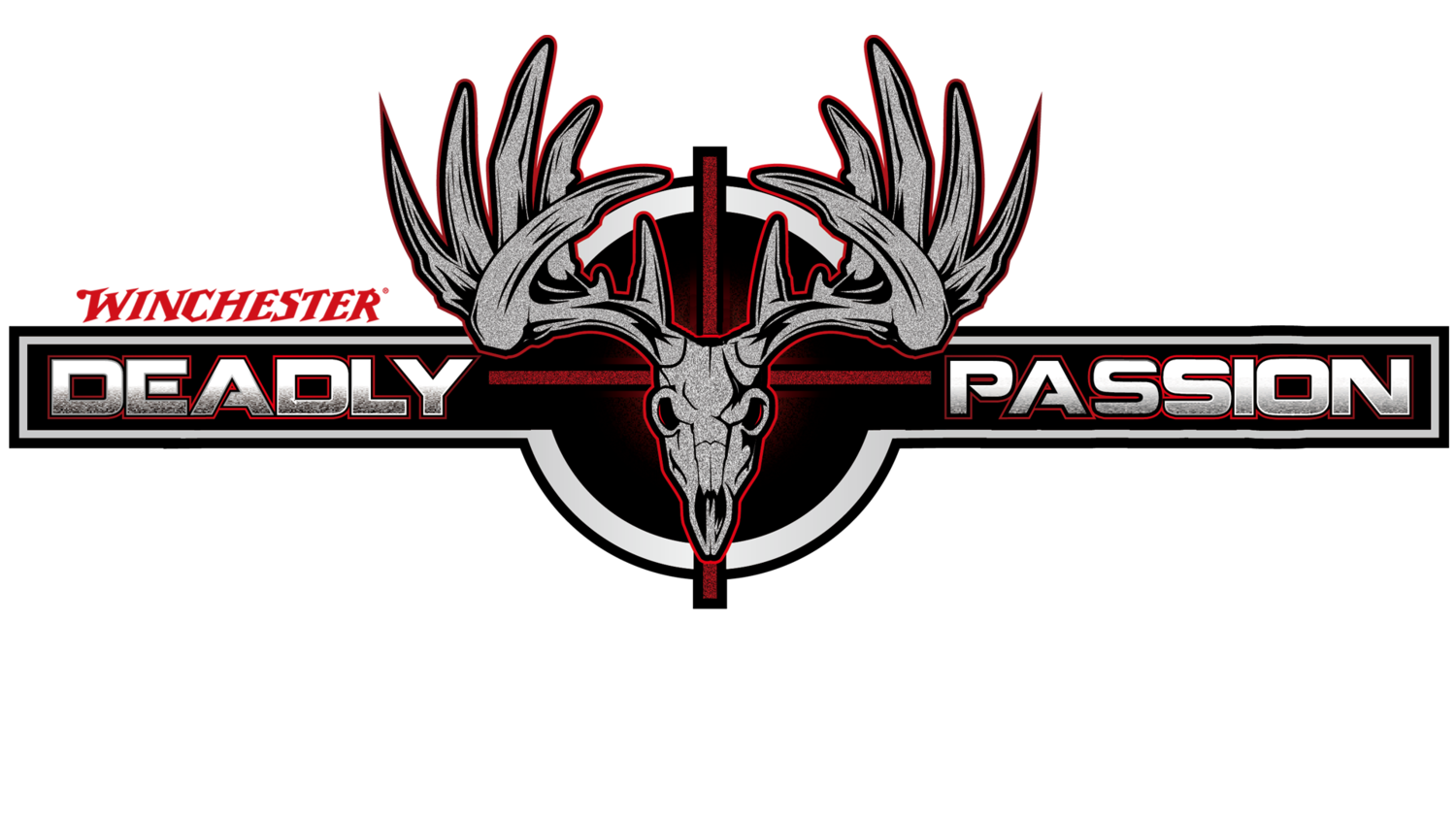Bench Shooting Tips to prep for the Big Game Season to Come
Spending time shooting is one of the most important things you can do to prepare for the upcoming hunting season. While any time spent shooting is helpful, there are a few things you can do to make you even more effective at the shooting bench.
First, think about what type of hunts you have planned for the fall and decide what ammunition will be best. What I love about Winchester is they have done such a good job of making specific ammo for specific needs. For example, I'm shooting DeerSeason XP in preparation for several mule deer & whitetail hunts this coming fall.
This round was built specifically for taking down deer. It has a large polymer tip to give big impact. With this round you'll quickly realize you get quick, clean, and lethal kills with almost no tracking needed.
Some tips at the bench to improve your in-the-field-shooting this fall:
Use a solid rest when shooting from the bench. I like to use a Caldwell lead sled because then I'm confident that the human error has been taken out. By locking it down on the res, you can ensure your gun and ammo combination is spot on. Plus, it takes out the recoil! I like to shoot quite a bit once I'm on the bench, but too much recoil usually creates bad habits. By having your gun in a rest you can shoot much longer without having to worry about that big kick if you shoot larger caliber rifles or shotguns
Push the limits. Time at the bench should be used to test your maximum effective range. This goes for your gun and ammo, but also for you as a shooter. The last thing any hunter should do is take their longest shot ever at a live animal. Test it out on the range so you know exactly what the drop or wind drift will do at various distances even if you don't plan on shooting that far. This might also be a good time for you to decide on your shooting optics - whether you want to use a first focal plane or second focal plane scope (you can read more on this at https://riflescopescenter.com/first-vs-second-focal-plane/ or similar websites). This could change depending on the game you plan to hunt, so plan accordingly. I rarely ever shoot over 250-yards in the field, though I like to practice out farther just so I'm confident if a longer shot would be needed or even for a follow up shot.
Use the Winchester Ballistic Calculator App. Before I head to the bench I like to select my ammunition in the Winchester Ballistics App so I know what I'm looking at for drop at various distances along with wind drift. Before the season starts, I like to punch in my favorite loads and screenshot the data page which shows drop, wind drift, etc. This is a great tool to have and study and by taking a screenshot you'll always have it available in your photos regardless of whether or not you have service. Click HERE to get to the App on the Winchester Internet site.
Once dialed in, get off the bench. The last thing I do before wrapping up a bench shooting session is get on the ground with my shooting sticks and take a couple shots from there. This simulates what your shots will be like in the field and gives you a better idea of how far you can effectively shoot and still stay in the vitals. Again, I only recommend doing this at the end once you know everything is dialed in. It gives you a chance to try various shooting stances with your sticks to see what's most comfortable for you. I personally like to have my back right knee up and use that as a backrest for my elbow while keeping the front of my gun on a tripod bog pod shooting rest. For me, this offers the ultimate in stability.





